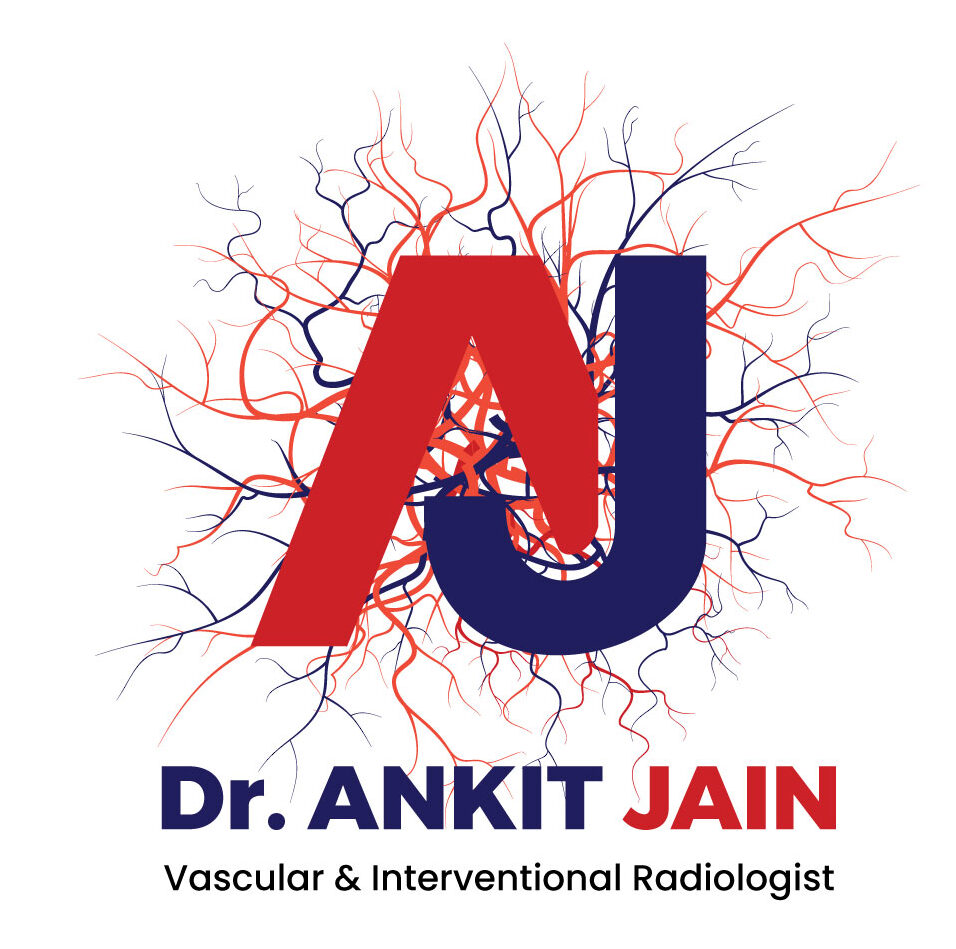What is Neurointerventional Surgery and How is it Different from Traditional Neurosurgery?
When it comes to treating brain and spine conditions, two main specialties often come up — Neurointerventional Surgery and Traditional Neurosurgery. While both fields aim to treat complex neurological problems, their techniques, recovery times, and patient experiences differ significantly. we’ll explain what Neurointerventional Surgery is, how it works, and how it’s different from open neurosurgery. If you’re searching for the Best Neurointerventional Surgeon in Sector 71, this guide will help you understand why minimally invasive techniques are becoming the preferred choice for many brain and spine treatments.
for fast information, direct chat with us on WhatsApp.
What is Neurointerventional Surgery?
Neurointerventional Surgery, also known as Interventional Neuroradiology, is a medical specialty where doctors use image-guided techniques to treat diseases of the brain, head, neck, and spine without open surgery.
Instead of large incisions, specialists perform procedures using a thin tube called a catheter, inserted through a blood vessel, usually in the groin or wrist. The catheter is guided to the problem area using advanced imaging, and treatment is delivered directly where it’s needed.
This approach is highly effective for conditions like:
- Brain aneurysms
- Stroke management
- Arteriovenous malformations (AVMs)
- Carotid artery disease
- Spinal vascular issues
If you’re looking for expert care, you can consult Dr. Ankit Jain, a trusted name in this field.
How is it Different from Traditional Neurosurgery?
The biggest difference between Neurointerventional Surgery and Traditional Neurosurgery is how procedures are performed.
Traditional Neurosurgery involves:
- Open operations with incisions through the skull or spine
- Longer recovery periods
- Higher risks of infection and blood loss
- More hospital stay days
- In contrast, Neurointerventional Surgery:
- Uses tiny incisions, typically less than 5mm
- Requires no stitches in most cases
- Involves less pain and quicker recovery
- Often completed as day-care or short-stay procedures
For patients in search of the Best Neurointerventional Surgeon in Sector 71, minimally invasive options are safer, less stressful, and equally effective for many conditions.
Benefits of Neurointerventional Surgery
Choosing image-guided, minimally invasive techniques offers several advantages:
- Minimal scarring: No large cuts or visible marks.
- Lower risk of complications: Less likelihood of bleeding and infection.
- Faster recovery: Most patients return to daily activities sooner.
- Precise treatment: Imaging tools help target the exact problem area.
- No general anesthesia in many cases: Reducing risks for elderly or sensitive patients.
Many people prefer this modern approach because it improves both safety and comfort. If you need expert guidance, consider Dr. Ankit Jain, a respected name in the field.
When Should You Visit a Neurointerventional Surgeon?
A neurointerventional surgeon should be consulted if you suffer from:
- Sudden severe headaches
- Weakness or numbness in limbs
- Sudden vision problems
- Dizziness or imbalance
- Seizures or unexplained neurological symptoms
The Best Neurointerventional Surgeon in Sector 71 can diagnose and treat these symptoms using safe, non-invasive procedures.
Common Procedures in Neurointerventional Surgery
Here are a few treatments performed without open surgery:
- Coiling for Brain Aneurysms: Filling the aneurysm with coils to prevent rupture.
- Mechanical Thrombectomy: Removing blood clots causing stroke.
- Embolization for AVMs: Blocking abnormal blood vessels in the brain or spine.
- Carotid Stenting: Opening narrowed arteries to prevent strokes.
These advanced procedures are available at the clinic of Dr. Ankit Jain, known for his precision and patient-centered approach.
Facts About Neurointerventional Surgery
- Over 70% of brain aneurysms are now treated without open surgery.
- Stroke patients treated within 6 hours using Neurointerventional methods have higher recovery rates.
- Procedures often last between 30 minutes to 2 hours.
- Most patients are discharged within 24 hours.
For those searching for the Best Neurointerventional Surgeon in Sector 71, it’s good to know that these methods reduce hospital stays and improve outcomes.
Effects and Outcomes
Patients choosing Neurointerventional procedures often report:
- Reduced post-treatment discomfort
- Quicker return to normal life
- Improved mental well-being due to less invasive care
- Fewer post-surgery complications
The expertise of specialists like Dr. Ankit Jain ensures that patients receive accurate diagnosis and advanced treatment without the stress of major surgery.
Conclusion
Neurointerventional Surgery is a modern, effective alternative to traditional neurosurgery for many brain and spine conditions. It offers safer, faster, and less invasive care with better outcomes for most patients. The procedures involve minimal pain, lower risk, and quicker recovery, making it a preferred option for both patients and specialists.
If you are searching for the Best Neurointerventional Surgeon in Sector 71, trust in the skill and experience of Dr. Ankit Jain, who combines cutting-edge technology with compassionate care. His clinic provides specialized, minimally invasive treatments tailored to your condition, ensuring safety and lasting relief.
Visit https://drankitinterventionalradiologist.com/ to learn more about Neurointerventional procedures and book your consultation with the Best Neurointerventional Surgeon in Sector 71.

